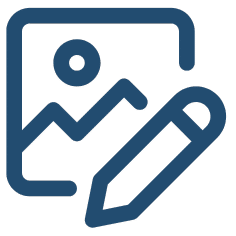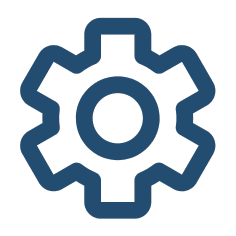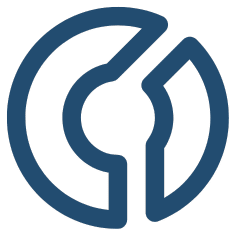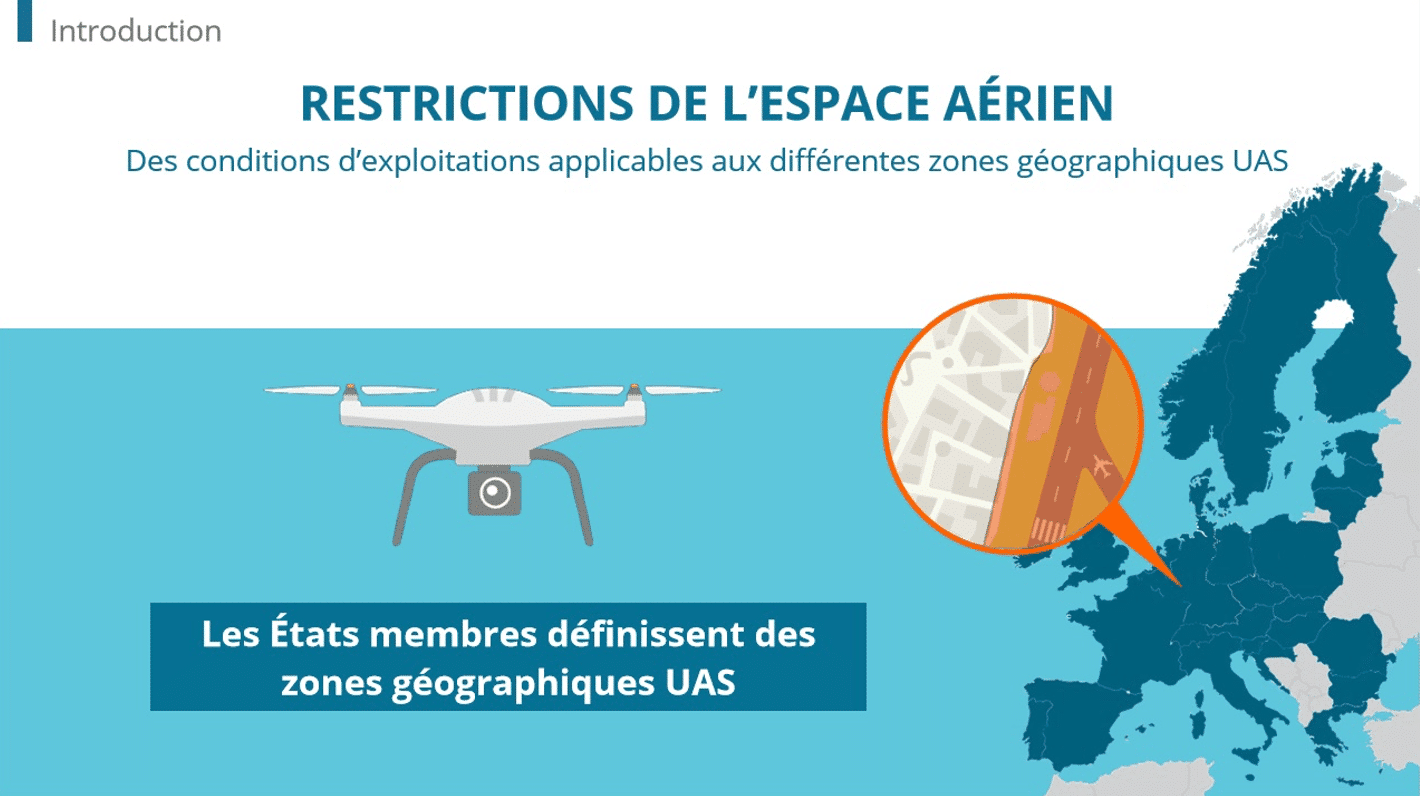The U.S. transportation and logistics sector is at a pivotal moment. Between the aging workforce, the push for greener fleets, and the digital transformation of operations, the demand for continuous training has never been higher. According to the American Trucking Associations (ATA), the industry is currently short over 80,000 truck drivers, a number projected to reach 160,000 by 2030 if no action is taken. Beyond drivers, logistics managers, dispatchers, and warehouse staff also face critical upskilling challenges to meet operational and regulatory demands.
This isn’t just an HR issue—it’s a question of how the entire transportation sector will remain competitive, compliant, and sustainable in the coming decade. And at the center of that challenge lies one solution: structured, certified, and digital training programs powered by a Learning Management System (LMS).
Why Training in Transportation Is Unlike Any Other Industry
Training in the transportation sector presents challenges that are very different from those faced in office-based industries. Employees—including drivers, dock workers, warehouse staff, and dispatchers—often work non-traditional hours and are frequently on the move. Many don’t have fixed workstations or even company email addresses.
On top of that, the scope of skills required is shifting rapidly. Training is no longer just about safe driving, road regulations, or forklift certifications. Today’s workforce must also master:
- Fleet telematics and data-driven operations
- Sustainability practices, including electric and low-emission vehicles
- Digital tools and mobile applications integrated into daily operations
- Compliance with strict regulatory frameworks (DOT, OSHA, FMCSA)
In other words, transportation jobs are becoming hybrid—mixing physical, regulatory, and digital skills. Training programs need to reflect this new reality.
Why Digital Learning and LMS Solutions Are Essential
Traditional training methods (long classroom sessions, paper-based certifications) are no longer scalable in an industry that needs to train fast, at scale, and across multiple locations.
A transportation-focused LMS solves these challenges:
- Mobile-first access: Employees can complete short, bite-sized learning modules on smartphones or tablets—whether on break, before a shift, or between routes.
- Multi-site and multilingual capability: A centralized LMS ensures company-wide compliance while allowing local adaptation for regional regulations or workforce languages.
- Certification and compliance tracking: From CDL renewals to OSHA safety refreshers, an LMS keeps track of deadlines and automatically generates reports for audits.
- Data-driven insights: Managers can monitor progress across terminals, fleets, or distribution centers, identifying gaps before they become compliance risks.
Without these features, transportation companies risk falling behind not only in compliance but also in workforce retention.
Why a Generalist LMS Won’t Cut It
Many companies first try to solve their training challenges with a generalist LMS. But in transportation, this approach quickly runs into problems:
- Workforce without desktops or email access: Most truck drivers or dock workers can’t sit in front of a computer for training. A specialized LMS offers QR code or badge logins and works offline if bandwidth is limited.
- Certification-heavy industry: From CDL training to hazardous materials handling, transportation requires strict tracking of credentials and recertifications. A generic LMS isn’t built for this level of compliance.
- Multi-language, multi-location needs: With diverse, dispersed teams, training content must be localized while ensuring a common corporate standard.
In short: transportation companies need an LMS that was designed with their operational reality in mind.
Case Study: How Jacky Perrenot Transformed Training
While Jacky Perrenot is a European logistics giant, its story is highly relevant for U.S. transportation companies. With 8,000 employees and 150 sites, the company needed a way to:
- Guarantee regulatory compliance (health & safety, CDL equivalents, anti-harassment training).
- Train employees who are constantly on the move.
- Centralize reporting and performance tracking across hundreds of agencies.
By implementing Dokeos LMS, the company trained over 1,000 employees daily through blended learning (80% online, 20% classroom). Results included:
- Flexible learning access: tailored training paths by job role and profile.
- Granular reporting: monthly progress reports across all sites.
- Partnership-based approach: co-designing content with HR teams to fit real-world needs.
For U.S. carriers, freight brokers, and logistics providers, the same principles apply: a sector-specific LMS turns training into a strategic advantage—ensuring safety, compliance, and competitiveness in a tight labor market.
The Role of Training in Attracting and Retaining Talent
The U.S. trucking industry has a retention problem. Annualized turnover among large truckload carriers is often above 90%. Training can play a key role in reversing that trend:
- Onboarding programs that help new hires adapt quickly.
- Upskilling opportunities that make logistics jobs more attractive to younger workers, women, and career changers.
- Sustainability-focused training, appealing to employees who want to contribute to greener transportation.
Simply put, companies that invest in training gain an edge in recruitment and retention.
Why Dokeos LMS Fits Transportation
Dokeos isn’t just another LMS—it’s a compliance-ready, mobile-first learning platform designed for industries where training isn’t optional but mission-critical.
For U.S. transportation companies, Dokeos offers:
- Certified training modules aligned with DOT, OSHA, and industry standards.
- Multi-location architecture, with dedicated portals for fleets, terminals, or subsidiaries.
- Real-time dashboards for managers and compliance officers.
- Integration with HR and fleet management systems for seamless operations.
Start your Free Trial of Dokeos LMS
FAQ: Training in the Transportation Industry
Q1: Why is training more critical in transportation than in other sectors?
Because employees operate in high-risk, compliance-heavy environments where mistakes can impact safety, costs, and regulations.
Q2: What types of certifications can be tracked in an LMS?
From CDL renewals and OSHA safety refreshers to forklift (CACES equivalent) and hazmat training.
Q3: How does an LMS help during audits?
It provides instant proof of training completion, certification dates, and compliance reports required by auditors.
Q4: Can employees without email addresses access an LMS?
Yes. With Dokeos, access can be managed through badges, QR codes, or HR system integrations.
Q5: How does digital training improve employee retention?
It shortens onboarding, builds career pathways, and enhances job satisfaction—factors proven to reduce turnover.








































